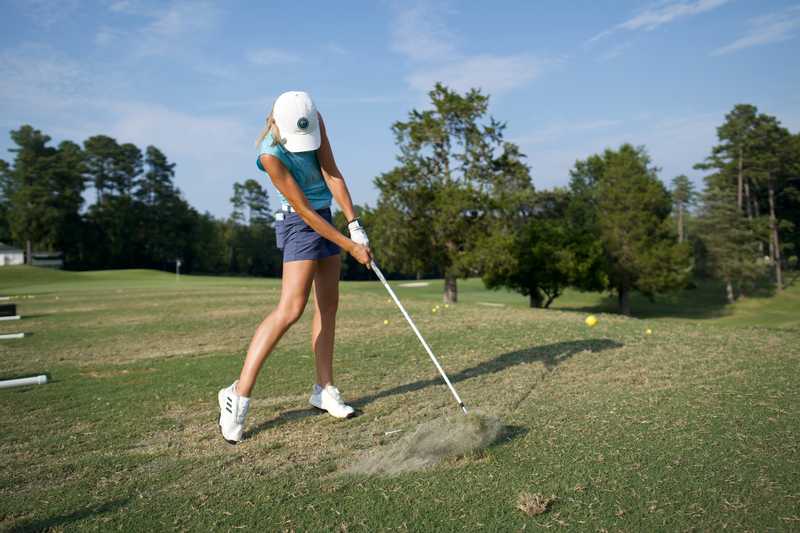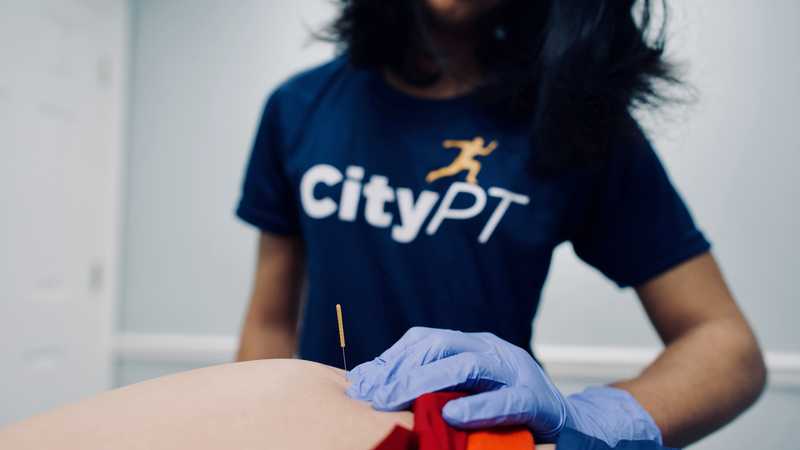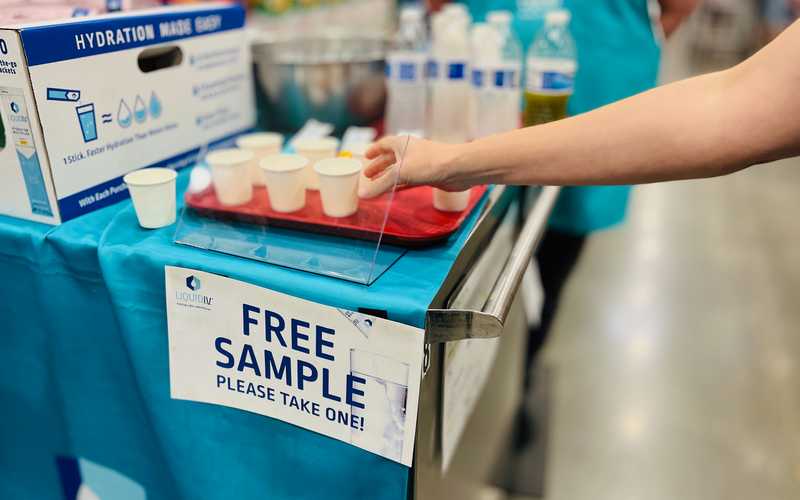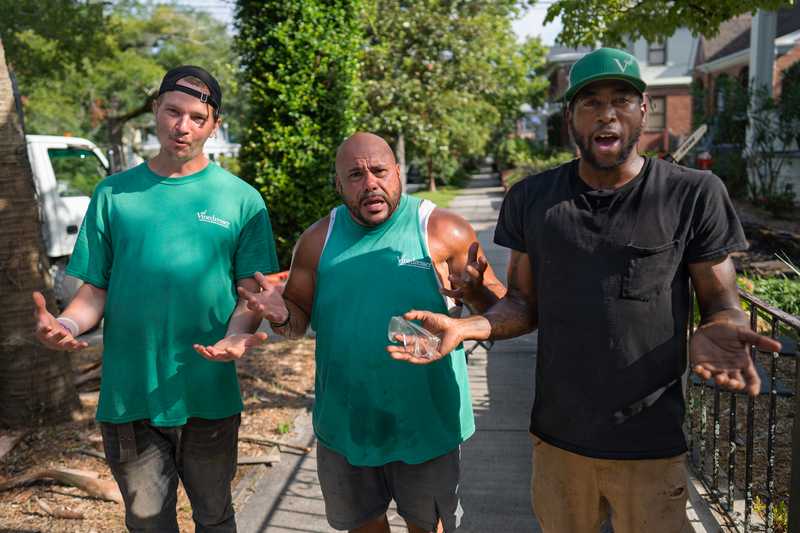Have you ever noticed lingering elbow pain on the inside of your arm when working, engaging in hobbies, or playing sports? If this discomfort sounds familiar, then you may have experienced Golfer’s Elbow, known medically as Medial Epicondylitis.
The pain caused by Golfer’s Elbow can cause serious disruptions to your daily life and you may even wonder if it might require surgery! Thankfully, there are a few less-invasive interventions you can try before choosing surgery, including physical therapy.
In this article, we will clarify some misconceptions and answer your questions about getting some much needed pain relief for Golfer's Elbow.
Table of Contents
- What is Golfer's Elbow?
- Is It Related to Tennis Elbow?
- What Causes Golfer's Elbow?
- What Else Can Flare Up Elbow Pain?
- Three Tips to Avoid Surgery
- When Might You Need Golfer's Elbow Surgery?
- Final Thoughts
What is Golfer's Elbow?
Golfer’s Elbow is actually a common orthopedic condition of tendon "wear and tear" due to chronic stress and load to the muscular tendon and connective tissue that attaches to the inner portion of your elbow.
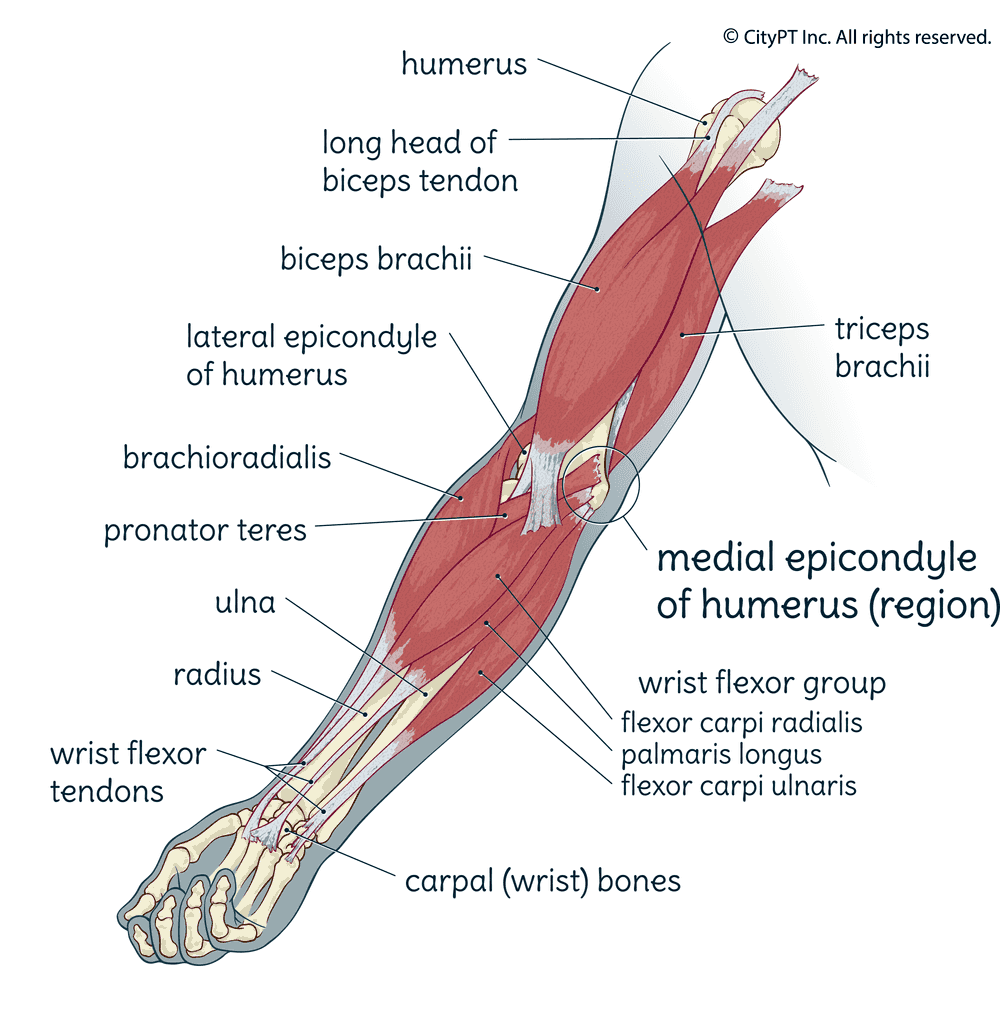
What if you are experiencing a very similar pain on the outside of your elbow? That is medically known as Lateral Epicondylitis, and often called "Tennis Elbow." Funny thing is, both elbow conditions are common, and you don't have to be a golfer or tennis player to feel the pain!
Is It Related to Tennis Elbow?
If you aren’t sure which is affecting you, the easiest way to remember is that Golfer’s Elbow shows up as pain in the inner arm, where your elbow folds. Tennis Elbow, on the other hand, shows up as pain in the outer arm, the more bony side of the elbow. This distinction can help you "name the pain" which is useful as you take your next steps to avoid more flare ups, or if you choose to see a healthcare professional.
What Causes Golfer's Elbow?
Golfer’s Elbow might be easier to remember than Medial Epicondylitis, but let’s start by dispelling any rumors that Golfer’s Elbow only happens to people who play golf. The same can be said for Tennis Elbow, which can happen to you even if you have never picked up a tennis racket.
Research shows there are a few motions that seem to especially trigger this kind of wear and tear:
- Repetitive motions like swinging and throwing while playing sports
- Movements that cause impact like hitting golf or tennis balls
- Tool-based tasks that use a lot of gripping and rotation like using a screwdriver
- Any type of forceful wrist or finger motion1

Simply put, Golfer’s Elbow results from repetitive motions. That's why golfers, especially beginners who may lack strength or technique, are at a higher risk for this pain.
What Else Can Flare Up Elbow Pain?
While Medial Epicondylitis earned its Golfer’s Elbow nickname because golf can provide a perfect storm of conditions that can lead to this injury, there is a wide range of repetitive motion activities that may also be triggering your pain.
Studies have also shown that participation in certain activities such as painting, hammering, gardening, working at a computer, and performing household tasks like cooking and cleaning, can increase your risk for developing Golfer’s Elbow.2 Even carrying an infant around in a car seat can chronically stress the hardworking tendon of your inner elbow.
Three Tips to Avoid Surgery
So let’s say that you are noticing that inner arm pain, or even more likely, the inner arm pain has been around for a while but is beginning to get in the way of your peak performance. The following tips can generally apply to Golfer’s Elbow or Tennis Elbow, but a skilled CityPT physical therapist can help you target the exact intervention for your specific injury.
Tip 1: Use a Brace
You may be thinking: "I've heard of wearing an elbow brace, could that help?"
Absolutely, a brace can be a great way to keep doing the activities you love without increasing your pain. With proper placement, a brace can help reduce the load on the tendon. But you should know that braces can vary greatly in type, quality, and price; and using a brace alone will not likely lead to complete pain relief in the long term.
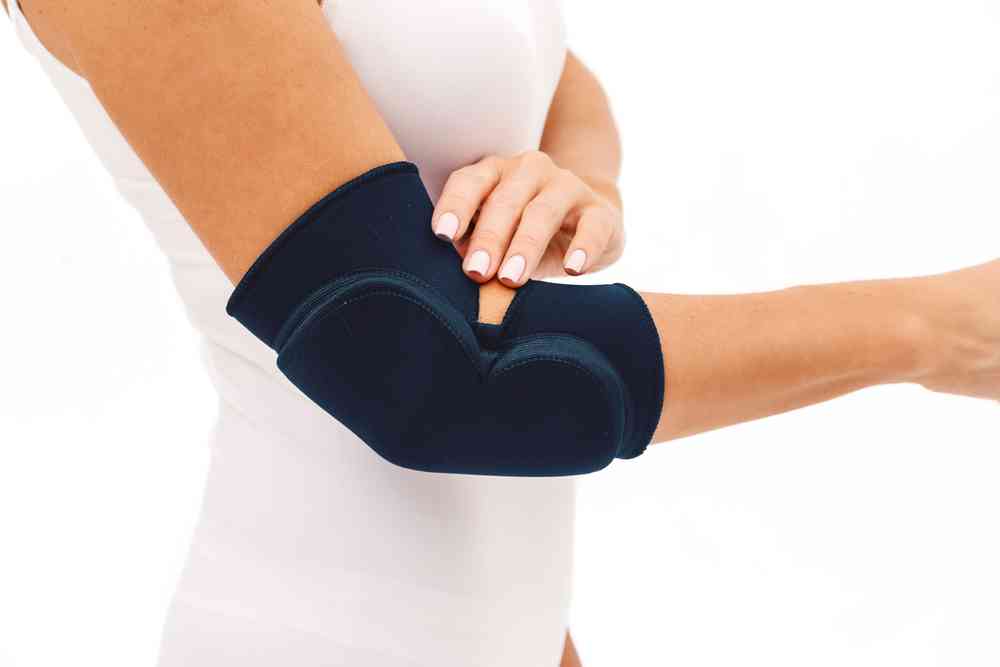
One of the benefits of virtual physical therapy sessions for golfer’s elbow is that your therapist can help you decide if a brace is a good option for you, how much to spend, how to properly put it on, and how long to wear it and when. Your therapist will also be able to create a customized plan for long term pain relief, and show you where bracing fits in.
Tip 2: Give KT Tape a Try
You may also be thinking: "What about the KT tape (kinesiology tape) that I see the pros using? Can that help me?"
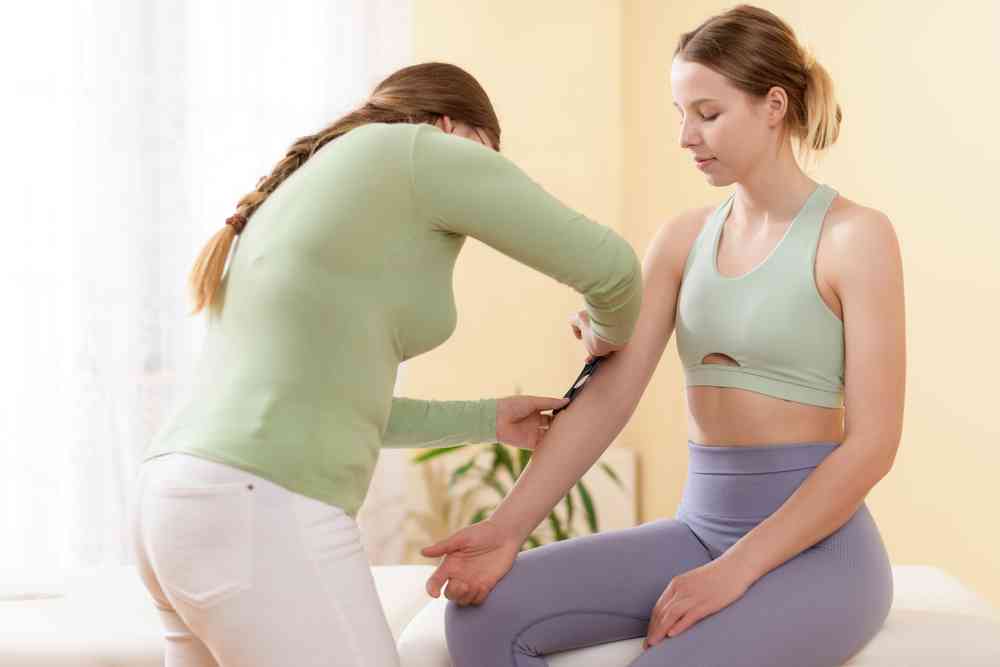
The use of KT tape is one of the methods used in sports to improve athletic performance and reduce discomfort from lingering injuries. The key here is to properly apply the tape! There are numerous videos on the internet that can lead you through the process. You may have noticed that professional athletes have physical therapists to ensure proper KT tape application, and with virtual physical therapy, you can too.
Your CityPT therapist can not only walk you through the application steps but can also check your work and offer real-time feedback on your tape placement. Your KT tape can only be effective at reducing your pain if it is properly applied to decrease the load on the tendon.
Tip 3: Learn Exercises For Golfer's Elbow
Finally, most people wonder: "Are there exercises for Golfer’s Elbow that I can do at home?"
Yes! Home exercises are an integral part of long-lasting effective treatment to get rid of the pain for good. However, with so many available for "free" on the internet, it is tough to know which ones might be best for you. Some exercise regimens could even flare up your pain! This is where seeking care from a physical therapist, even virtually, can make a huge difference.
In general, a combination of activity modification, self soft tissue work, stretching, and strengthening is recommended, with the goal being to reduce the pain, return to sports and activities, and prevent flare ups.
No two bodies and lifestyles are exactly alike though, so your CityPT therapist can customize a treatment plan just for you. They will take the time to get to know you and teach you how to reduce the stress on your elbow, allow your body to heal, and get stronger and healthier in the process.
BONUS Tip: Consider Dry Needling
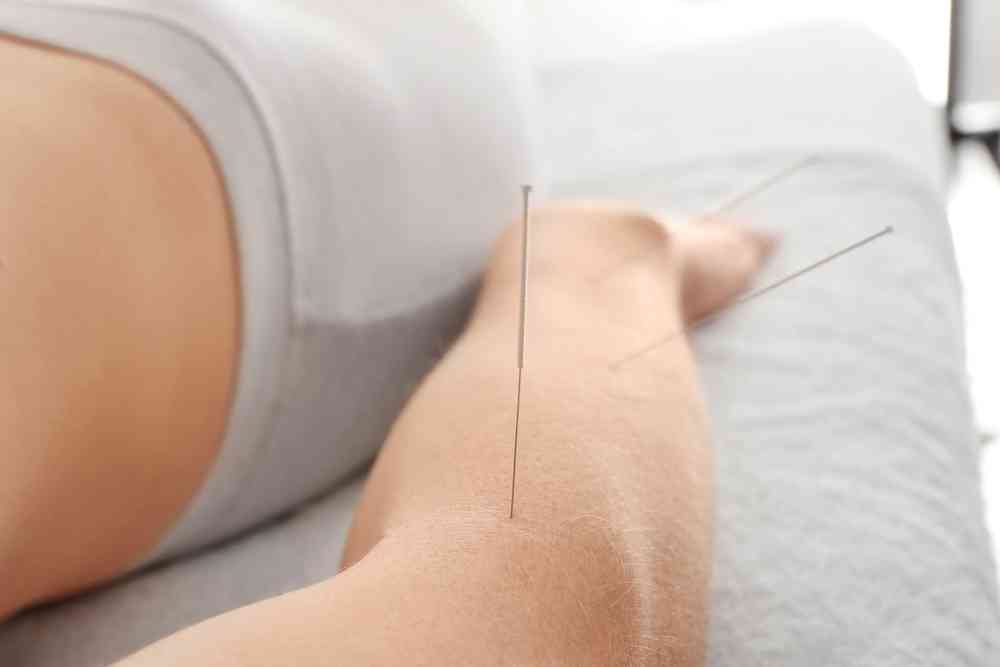
Dry needling is an alternative treatment that can also be considered for Golfer's Elbow. This technique involves the insertion of thin needles into trigger points or tight muscles to stimulate a healing response and relieve pain. By targeting specific areas, dry needling can help improve blood flow, release tension, and promote tissue healing.
During a dry needling session, a skilled physical therapist trained in this technique will identify the trigger points contributing to your Golfer's Elbow and carefully insert the needles. This process is relatively painless, and many patients experience immediate relief or improved function. Dry needling can be used in conjunction with other physical therapy interventions to optimize your recovery.
If you're interested in exploring dry needling as a treatment option for your Golfer's Elbow, consult with a CityPT physical therapist who specializes in this technique. They can assess your condition, determine if dry needling is suitable for you, and develop a personalized treatment plan to address your specific needs.
When Might You Need Golfer's Elbow Surgery?
If those methods do not provide sufficient relief, sometimes more invasive interventions are needed. CityPT physical therapists can perform mechanical tendon scraping on an outpatient basis. This procedure might sound dramatic, but patients can often resume activities in a few days.3
If even more intervention is required, people with Medial Epicondylitis can have the damaged tendon replaced via specialized orthopedic surgery. Surgeries are typically performed on people who've used conservative treatments for 6-12 months with no improvement or worsening pain.
What's the Success Rate of Golfer's Elbow Surgery?
Studies show that surgery can have up to an 88-96% success rate. However, those studies indicate that non-operative methods are the gold standard for treating pain on the inside of your elbow.4
Final Thoughts
When you are still hurting, the last thing you want to do is wait for relief. And yet, that is often what traditional healthcare requires of us, waiting to see a primary care doctor, waiting for a physical therapy referral, and perhaps most importantly waiting to get back to the activities you love.
CityPT excels at putting you in touch with expert physical therapists who specialize in treating Golfer’s Elbow and other repetitive motion injuries. With CityPT, you can get seen and begin relieving your pain quickly. On the golf course and in your daily life, CityPT’s clinicians can get you back into the swing of things!
Before you go, please read our disclaimer. This blog is intended for informational purposes only. We are not providing legal or medical advice and this blog does not create a provider-patient relationship. Do not rely on our blog (or any blog) for medical information. Always seek the help of a qualified medical professional who has assessed you and understands your condition.
References
Footnotes
-
Golfer's Elbow. Mayo Clinic. Updated October 10, 2020. Accessed February 2022. https://www.mayoclinic.org/diseases-conditions/golfers-elbow/symptoms-causes/syc-20372868 ↩
-
InformedHealth.org [Internet]. Cologne, Germany: Institute for Quality and Efficiency in Health Care (IQWiG); 2006-. Golfer's elbow: Overview. 2018 May 30. Available from: https://www.ncbi.nlm.nih.gov/books/NBK507002/ ↩
-
Surgical debridement of the elbow. Mercy Health. Updated 2021. Accessed February 2022. https://www.mercy.com/health-care-services/orthopedics-sports-medicine-spine/specialties/hand-wrist-elbow/treatments/surgical-debridement-of-the-elbow ↩
-
Shahid M, Wu F, Deshmukh SC. Operative treatment improves patient function in recalcitrant medial epicondylitis. Ann R Coll Surg Engl. 2013;95(7):486-488. https://www.ncbi.nlm.nih.gov/pmc/articles/PMC5827284/ ↩

Dr. Srisethnil is an orthopedic specialist with over 15 years of experience in outpatient physical therapy practice. She has worked with sports medicine patients of all ages, managing post-op rehab protocols and return-to-sports programs. She has taught many patient education classes including back care, neck care, knee pain, and office ergonomics.

Dr. Srisethnil is an orthopedic specialist with over 15 years of experience in outpatient physical therapy practice. She has worked with sports medicine patients of all ages, managing post-op rehab protocols and return-to-sports programs. She has taught many patient education classes including back care, neck care, knee pain, and office ergonomics.
